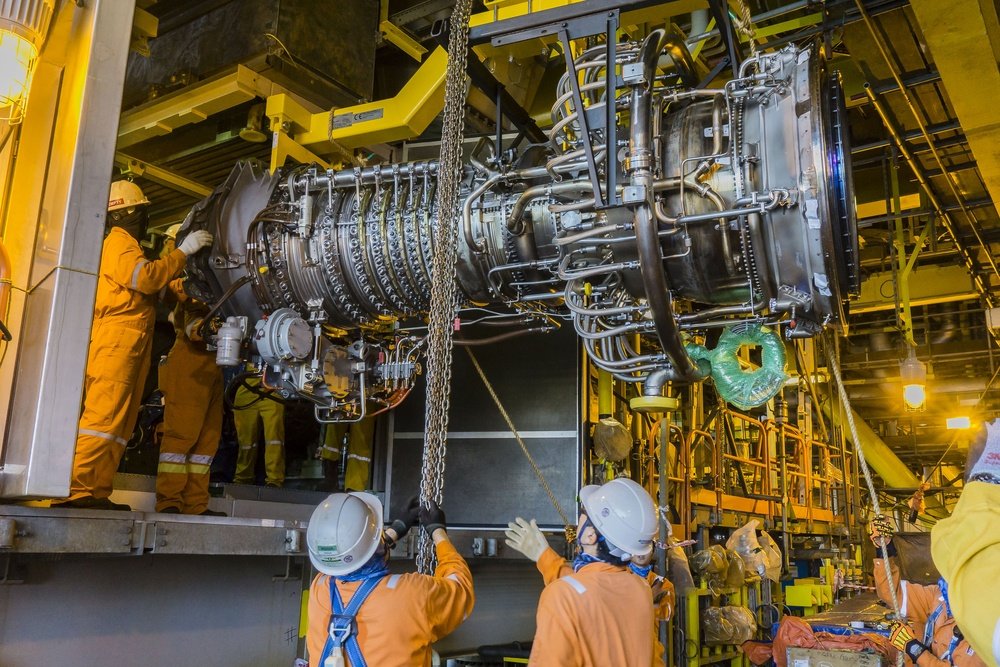Does just meeting the relevant PPE safety standard actually make the equipment safe?
When an organization buys PPE that meets a safety standard, it’s acquiring nothing more than compliance to the minimum acceptable performance levels.
When it comes to Personal Protective Equipment (PPE) just meeting the relevant compliance standards is not enough. The safety of employees on the ground, operating in any environment, is of the utmost importance.
Of course, while current PPE safety standards ensure that PPE offers greater protection than previous generations, it is by no means comprehensive. Standards are often reviewed in response to events; learnings from accidents, car crashes, and chemical spills all inform the development of new standards. As a result, PPE is designed to cover a vast array of potential risks within diverse environments – a catch-all approach that is responsive rather than preventative.
Subsequently, some PPE equipment, while suitable for general application, is utterly useless in new, or unforeseen scenarios. And, when standards have multiple levels of compliance – from Class 1 to Class 6 – how can organizations ensure they acquire the PPE most suitable for individual applications? And what are they really assured of when they invest in a product that only complies with a specific standard?
Typically, organizations are relying on the CE marking on PPE.
The CE marking on a product is a manufacturer’s declaration that the product complies with the essential requirements of the relevant protection legislation. But while standards may be legal requirements, the testing process that ensures the PPE is suitable for its intended environment is often inconsistent.
Testing organizations may sometimes interpret the parameters of a test differently, resulting in small, but potentially significant variations in the testing results. For example, testing houses may use a ‘crawl’ test to assess the durability of a suit around the knees, but the surfaces they use could vary from a smooth laboratory floor, to a highly abrasive carpet; both delivering vastly different results.
With testing parameters sometimes being misinterpreted – and PPE equipment being passed despite not adhering to the parameters – what are organizations actually buying?
PPE safety standards cannot replace robust safety assessment. Organizations need to think beyond the question of ‘does it meet the standard?’ to best safeguard their employees.
In an era of heightened risk awareness, an over-reliance on safety standards is short-sighted. With standards that are created in response to events, organizations need to realize the truth that PPE alone is not enough.





